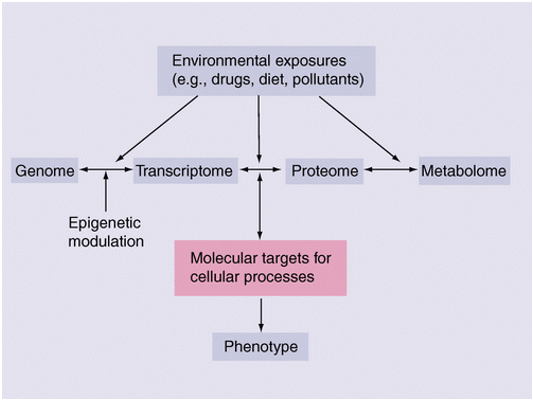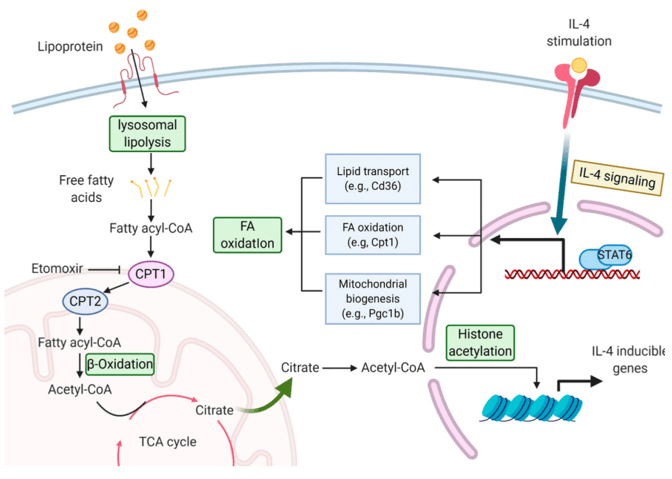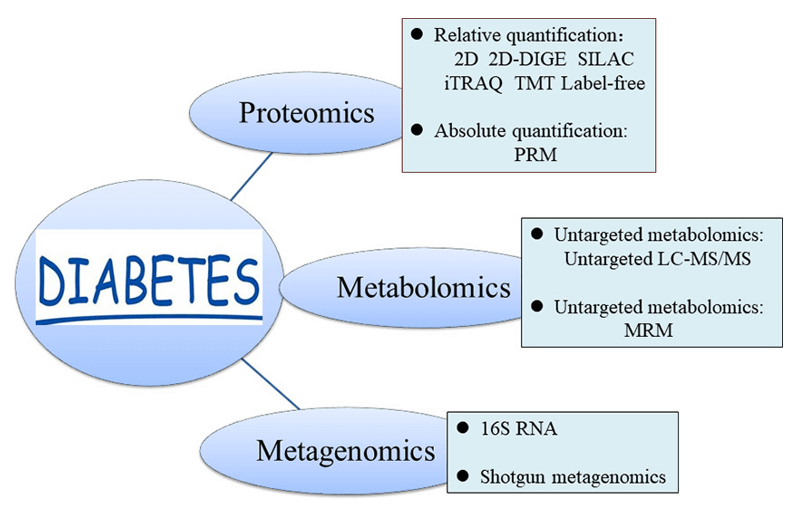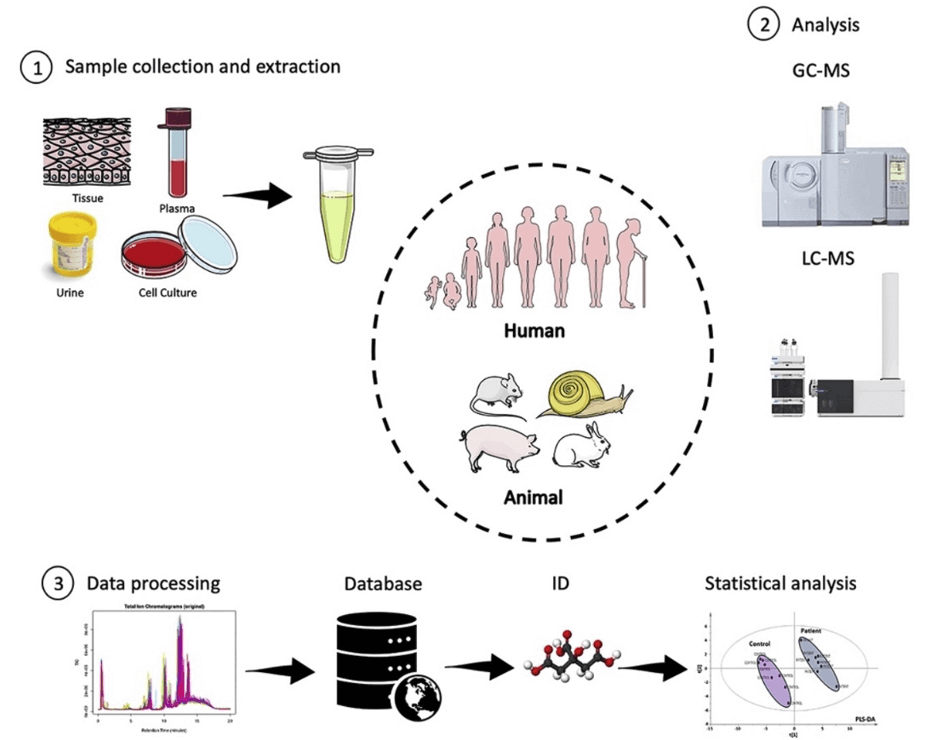Fructose-6-phosphate Analysis Service
Submit Your InquiryWhat is Fructose-6-Phosphate?
Fructose-6-phosphate (F6P) is a phosphorylated sugar molecule that plays a fundamental role in carbohydrate metabolism. It serves as a crucial intermediate in the glycolysis pathway, which is responsible for energy production in cells. F6P acts as a key junction between glycolysis and gluconeogenesis, two interconnected metabolic processes involved in the breakdown and synthesis of glucose.
 Molecular structure of fructose-6-phosphate
Molecular structure of fructose-6-phosphate
During glycolysis, F6P is enzymatically converted into fructose-1,6-bisphosphate (FBP) by the action of phosphofructokinase-1 (PFK-1). This enzymatic conversion is vital for regulating the rate of glucose metabolism and the production of adenosine triphosphate (ATP), the primary energy currency of cells. Subsequently, FBP undergoes further metabolic transformations to generate pyruvate, which can be utilized for energy generation or other biosynthetic pathways.
In gluconeogenesis, F6P plays a crucial role in the biosynthesis of glucose from non-carbohydrate sources. The enzyme glucose-6-phosphatase utilizes F6P as a substrate to convert it into glucose-6-phosphate, an intermediate in the gluconeogenesis pathway.
Furthermore, F6P serves as a precursor for the synthesis of various important molecules. It can be converted into intermediates such as ribose-5-phosphate, which is utilized in nucleotide synthesis, or glyceraldehyde-3-phosphate, which participates in fatty acid synthesis. These metabolic pathways heavily rely on the precise availability and regulation of F6P to ensure the proper functioning of cellular processes.
For accurate and reliable analysis of Fructose-6-phosphate, Creative Proteomics offers specialized analytical services. Their expertise in Fructose-6-phosphate analysis allows researchers and scientists to explore its metabolic significance and unravel its role in various biological processes. Through advanced techniques such as high-performance liquid chromatography (HPLC) and liquid chromatography-mass spectrometry (LC-MS), Creative Proteomics provides comprehensive and precise quantification of Fructose-6-phosphate in different sample types, contributing to a deeper understanding of cellular metabolism and related fields.
Methods for Fructose-6-Phosphate Analysis in Creative Proteomics
High-Performance Liquid Chromatography (HPLC): HPLC is a widely used and versatile technique for the analysis of fructose-6-phosphate (F6P). It offers excellent separation and quantification of F6P from complex biological samples. In HPLC analysis of F6P, the sample is typically derivatized to enhance its detectability and improve chromatographic performance. Common derivatization methods include converting F6P into its aldonitrile or o-phenylboronic acid derivatives. These derivatized forms of F6P have distinct retention times and can be accurately quantified using various detection methods, such as UV absorbance or refractive index detection. HPLC analysis of F6P provides reliable and precise quantification of F6P concentrations in biological samples.
Liquid Chromatography-Mass Spectrometry (LC-MS): LC-MS is a powerful analytical technique that combines liquid chromatography (LC) separation with mass spectrometry (MS) detection. LC-MS provides high sensitivity, selectivity, and structural information for the analysis of F6P. In LC-MS analysis of F6P, the sample is separated using LC based on its physicochemical properties, such as polarity or charge. The separated F6P molecules are then ionized and analyzed by mass spectrometry. The mass spectrometer detects and quantifies F6P based on its mass-to-charge ratio (m/z), allowing for accurate quantification of F6P in complex biological matrices. LC-MS analysis of F6P is particularly useful in metabolomics studies and comprehensive analysis of metabolic pathways involving F6P, as it can simultaneously detect and quantify multiple metabolites.
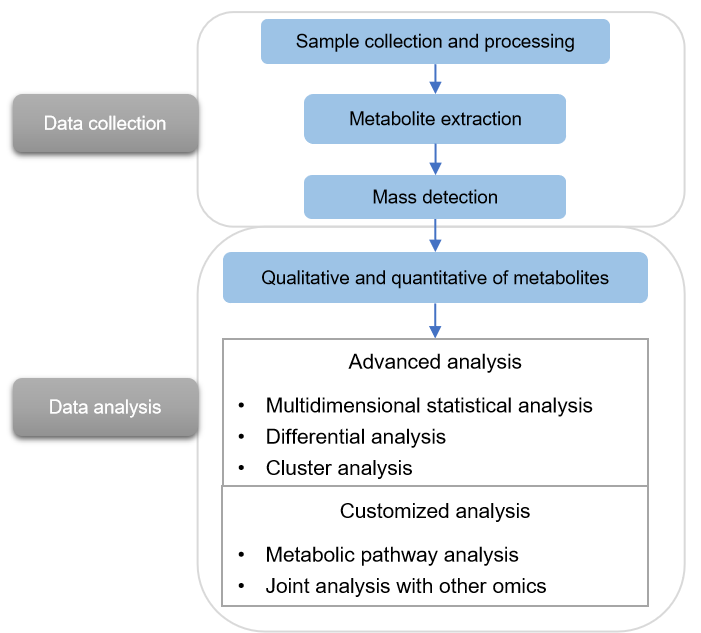 Workflow of fructose-6-phosphate analysis
Workflow of fructose-6-phosphate analysis
Sample Requirements of Fructose-6-Phosphate Assay
Accurate analysis of fructose-6-phosphate (F6P) requires careful sample preparation and adherence to specific requirements.
- Sample Type: F6P can be analyzed in a variety of biological samples, including cell cultures, tissues, blood, or urine. The sample type should be selected based on the research objectives and availability.
- Sample Collection: Proper sample collection techniques are crucial to ensure accurate F6P analysis. Samples should be collected using appropriate collection tubes or containers to maintain sample integrity.
- Sample Size: The needed sample size may change based on the analytical method's sensitivity and the amount of F6P present in the sample. As a general rule, a minimum sample volume of 100–200 L is frequently adequate for the majority of F6P tests. For exact sample volume requirements, it is advised to check the analytical laboratory or the protocol for the particular assay.
- Sample Storage and Stability: To stop F6P deterioration prior to analysis, sample storage must be done properly. To ensure F6P stability, samples should be maintained at suitable temperatures, usually at -80°C or lower. Repeated freeze-thaw cycles should be avoided since they can cause F6P deterioration.
Applications of Fructose-6-Phosphate Analysis:
Metabolic Disorders and Disease Biomarkers: F6P analysis helps in understanding and diagnosing metabolic disorders, such as diabetes, obesity, and cancer. Changes in F6P levels can serve as biomarkers for disease diagnosis, prognosis, and monitoring treatment effectiveness. Quantifying F6P in biological samples enables the assessment of metabolic dysregulations and the identification of potential therapeutic targets.
Drug Discovery and Development: F6P analysis is crucial in drug discovery, especially for developing enzyme inhibitors or activators targeting glycolysis or gluconeogenesis pathways. By evaluating the impact of new drug candidates on F6P levels, you can assess their efficacy and potential side effects. F6P analysis aids in identifying compounds that modulate F6P metabolism, providing insights into their therapeutic potential for metabolic disorders and other diseases.
Metabolic Engineering and Synthetic Biology: F6P analysis is essential for optimizing metabolic engineering strategies. By manipulating F6P metabolism, you can engineer metabolic pathways for the production of biofuels, pharmaceuticals, and valuable compounds. F6P analysis helps in understanding metabolic fluxes, identifying bottlenecks, and improving pathway efficiency. It provides quantitative data on F6P concentrations and fluxes, aiding you in optimizing metabolic engineering approaches.
Plant Biology and Crop Improvement: F6P analysis contributes to understanding plant metabolism and improving crop traits. Studying F6P metabolism helps unravel the regulation of carbon partitioning and identify targets for crop improvement through genetic engineering or breeding. F6P analysis aids in optimizing carbon allocation, enhancing biomass production, stress tolerance, and yield in crops.
Biochemical and Enzymatic Studies: F6P analysis is vital for studying carbohydrate metabolism and enzymatic activities. Quantifying F6P concentrations enables the determination of enzyme kinetics, regulation, and their roles in glycolysis, gluconeogenesis, and related pathways. F6P analysis provides crucial information for understanding metabolic regulation and enzyme function.
Metabolomics and Systems Biology: F6P analysis is a valuable tool in metabolomics, contributing to comprehensive metabolic profiling. Measuring F6P levels alongside other metabolites provides a holistic view of cellular metabolism. F6P analysis helps identify metabolic signatures, pathway perturbations, and interactions within metabolic networks. It aids in understanding the complexity of metabolic systems and the interplay between metabolites and pathways.




